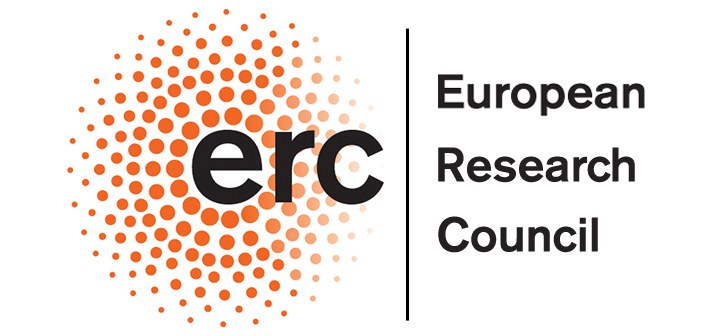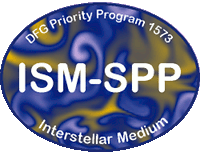People
|
|
 |
Prof. Dr. Stefanie Walch-Gassner 
Main research interest: 3D computer simulations of star formation, stellar feedback, turbulence, physics of the interstellar medium (ISM), gas cycle in galaxies. Affiliated to I. Physikalisches Institute, Universität zu Köln. visit site |
|
|
 |
Dr. Thomas Bisbas
Fellowship of the German Science Foundation (DFG) Synthetic observations, 3D-PDR, $HI-H_2$ transition, tracking molecular Hydrogen, numerical simulations of star formation and feedback |
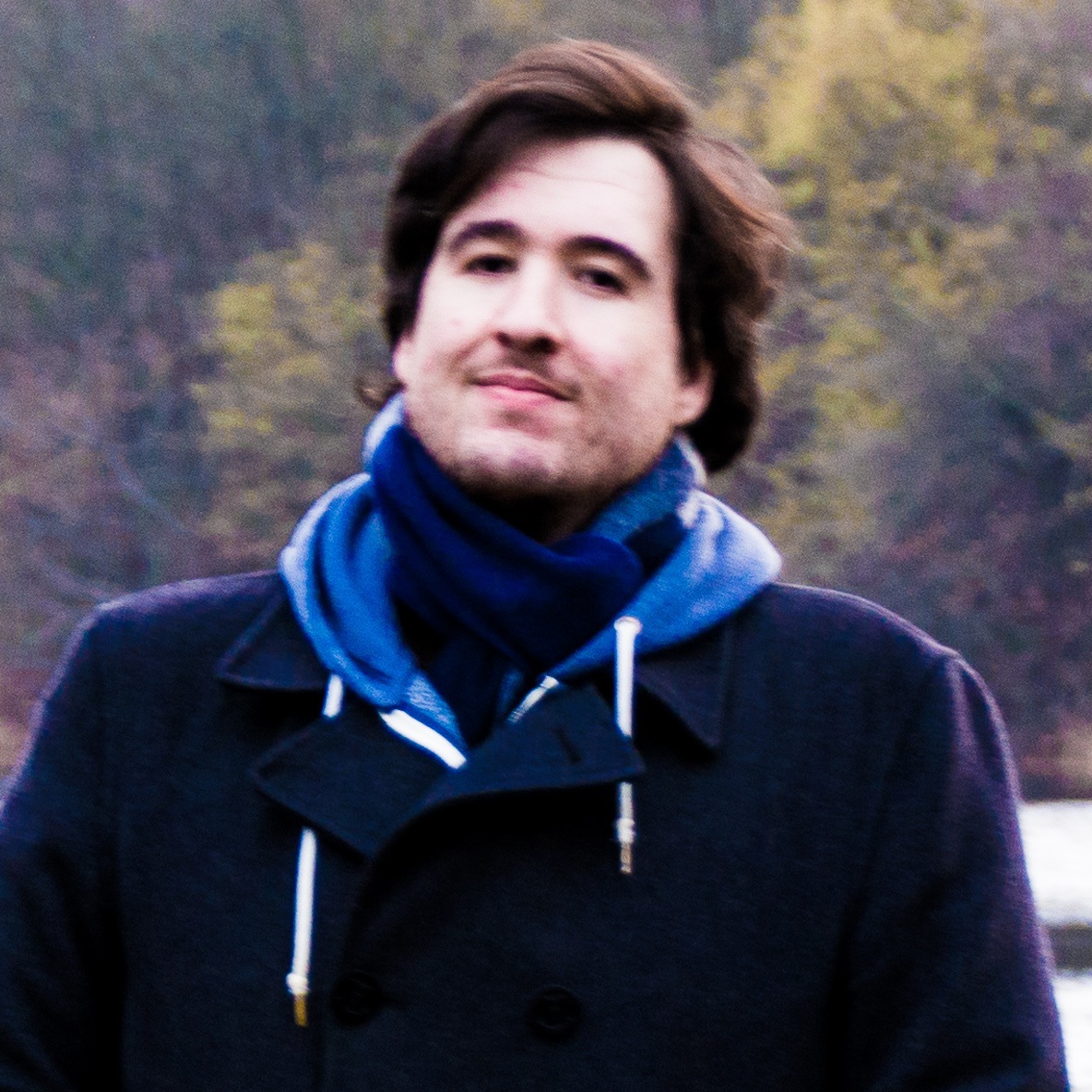 |
Dr. Seamus Clarke
My research focuses on using hydrodynamic simulations to study how the diffuse gas of the Interstellar medium (ISM) is able to condense into filaments and cores, leading to the formation of stars. I'm especially interested in the interplay between gravity and turbulence in dense gas filaments and the role this has on fragmentation. I am also interested in the chemical evolution of the ISM as gas moves from the diffuse gas into dense cores, and how this influences how these structures are seen when observed with dust and molecular line tracers. visit site |
 |
Dr. Frantisek Dinnbier
3D AMR hydrodynamic models of feedback from massive stars (ionising radiation, supernovae, stellar winds) Modelling sink particles in AMR codes Gravitational fragmentation of gaseous shells Dynamics of young star clusters |
 |
Dr. Daniel Seifried
Main research interest: Present day star formation (magnetic fields, protostellar disks and outflows, star forming filaments, molecular cloud formation), synthetic observations, interstellar turbulence, primordial star formation, astrochemistry (KROME), high performance computing. visit site |
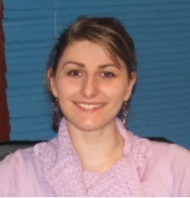 |
Dr. Dorottya Szecsi
Alexander von Humboldt fellow Stellar evolution of massive single and binary stars, low metallicity environments and high energy explosions including gamma ray bursts and gravitational wave sources |
|
|
Timothy Crundall
High performance computing Development of a novel discontinuous Galerkin code for star formation and other astrophysical applications Gravity and radiative transfer Tree codes |
|
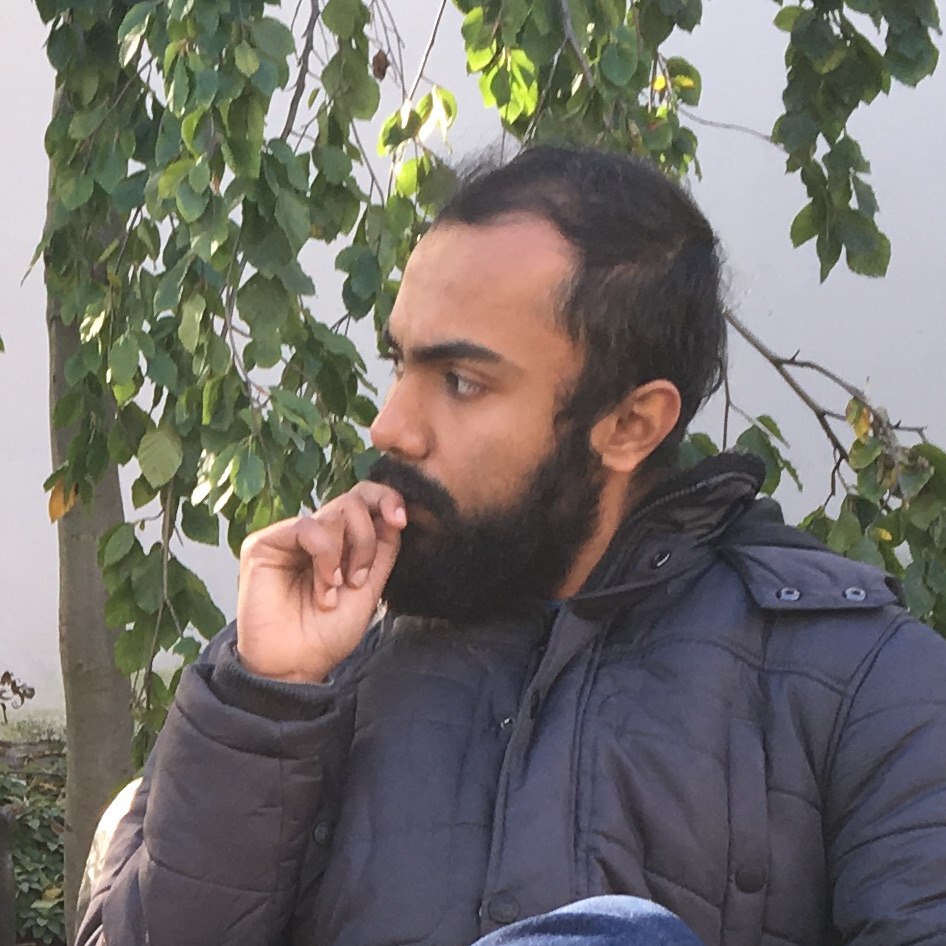 |
Shashwata Ganguly 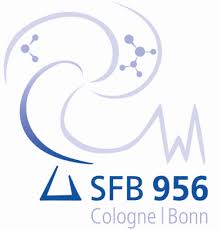
Star formation in deep-zoom simulations: massive star formation and stellar feedback in filamentary hubs |
 |
Andre Klepitko
Radiation pressure on dust and gas Massive star formation in dense molecular clouds |
 |
Johannes Markert
(Klaus-Tschira project, collaboration with Prof. Gassner, Math. institute, UoC) High performance computing Development of a novel Discontinuous Galerkin code for star formation and other astrophysical applications |
 |
Marco Panessa
(PhD student within SFB956/C6 of Daniel Seifried) Deuteration in molecular clouds: what advanced chemical tracers tell us about the lifetime of molecular clouds |
 |
Paul Rohde
Low-mass star formation Episodic protostellar outflows SPH simulations with Gandalf |
|
|
 |
Thorsten Balduin
Synthetic dust emission maps using POLARIS |
 |
Elisabeth Borchert
Post-processing of 3D SILCC zoom-in simulations with RADMC-3D Synthetic CO line emission maps |
| Laura Manns
Simulations of colliding molecular clouds with SPH code GANDALF |
|
| Sebastian Vider
Magnetized pillars of creation: 3D simulations of turbulent, magnetized ionization fronts with FLASH |
|
 |
Michael Weis
MHD simulations of colliding gas flows Molecular cloud formation |
| Christina Clauß
Towards a subgrid model for the chemical evolution of the ISM |
|
 |
Pierre Nürnberger 
Analysis of synthetic CO emission maps from SILCC siumlations |
|
|
| Dr. Dominik Derigs (PhD, 2018) | |
| Dr. Annika Franeck (PhD, 2018) | |
| Dr. Andrea Gatto (PhD, 2017) | |
| Dr. Sebastian Haid (PhD, 2018) | |
| Dr. Juan Ibanez-Mejia (postdoctoral researcher until December, 2018) | |
| Dr. Prabesh Joshi (PhD, 2019) | |
| Dr. Jonathan Mackey (now Dublin institute of Advanced Studies, Ireland) | |
| Dr. Johanna Malinen (postdoctoral researcher until September, 2018) | |
| Tim-Eric Rathjen (MSc. 2017, now PhD student at MPA Garching, Germany) | |

